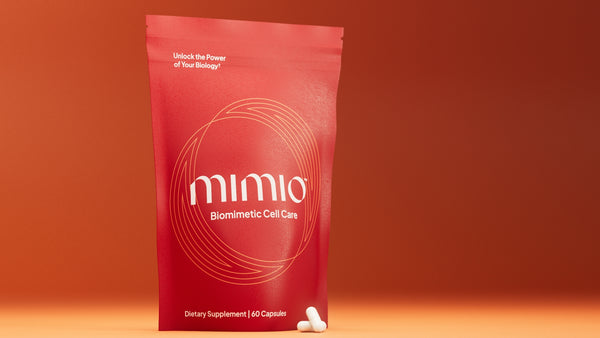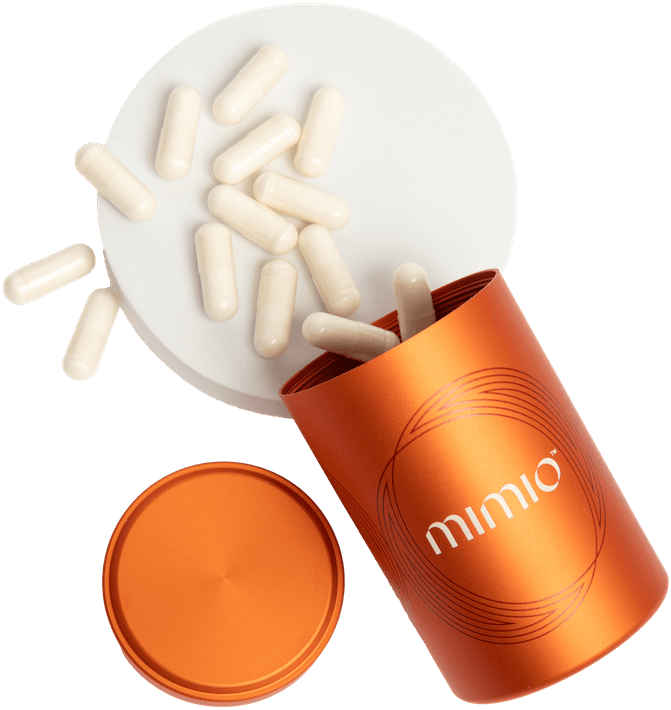Exploring Protein Pacing: A Comprehensive Guide to Optimizing Protein Consumption
Protein pacing is a dietary strategy that involves the strategic distribution of protein intake throughout the day to maximize benefits. This approach is designed to enhance muscle growth, improve metabolism, support weight management, and boost overall health. Protein pacing ensures that your body receives a steady supply of protein, which helps to aid in muscle repair and growth, and can optimize metabolic functions.
What is Protein Pacing?
Protein pacing is the practice of consuming protein at regular intervals throughout the day rather than consuming large amounts of protein in one or two meals. This method leverages the body's ability to utilize protein more efficiently when it's evenly distributed. By spacing out protein intake, you can maintain a positive protein balance, support muscle synthesis, and prevent muscle breakdown⁹.
Here's why protein pacing is a game-changer:
- Muscle Growth and Repair: Regular protein intake supports continuous muscle protein synthesis, crucial for muscle growth and repair
- Metabolism Boost: Frequent protein consumption can increase your metabolic rate, helping to burn more calories throughout the day¹
- Satiety and Weight Management: Protein is known to promote feelings of fullness, which can help control appetite and aid in weight management²
- Blood Sugar Stability: Protein can help stabilize blood sugar levels, reducing energy crashes and cravings³
The Science Behind Protein Pacing
Protein pacing works by optimizing the anabolic response of the body, which is the process of building up muscles and tissues. When you consume protein, it triggers muscle protein synthesis (MPS), the process by which your body repairs and builds muscle tissue. However, there is a limit to how much protein your body can effectively use in one sitting for MPS. Consuming protein in smaller, more frequent amounts ensures that MPS is maximized throughout the day⁴.
Research has shown that protein pacing can be particularly effective when combined with resistance training and other physical activities. This combination leads to greater muscle mass gains and improved body composition compared to less frequent protein consumption⁵.
How to Implement Protein Pacing
To implement protein pacing, follow these guidelines:
- Determine Your Daily Protein Needs: Aim for 0.8-1.2 grams of protein per pound of body weight, depending on your activity level and goals
- Divide Your Protein Intake: Spread your protein intake evenly across 4-6 moments or snacks throughout the day⁶, rather than 1-2 big meals
- Choose High-Quality Protein Sources: Consume lean meats, fish, eggs, dairy, legumes, and plant-based proteins
- Incorporate Protein in Every Meal: Ensure each meal contains a substantial amount of protein to keep your muscles fueled and metabolism active
- Combine with Resistance Training: Engage in regular strength training exercises to maximize the benefits of protein pacing⁷
Sample Protein Pacing Plan
Here's an example of a protein pacing meal plan for a day:
- Breakfast: Greek yogurt with berries and nuts (20g protein)
- Mid-Morning Snack: Protein smoothie with whey protein, banana, and spinach (25g protein)
- Lunch: Grilled chicken salad with quinoa and mixed greens (30g protein)
- Afternoon Snack: Cottage cheese with sliced peaches (15g protein)
- Dinner: Baked salmon with steamed vegetables and brown rice (35g protein)
- Evening Snack: A handful of almonds or a protein bar (10g protein)
Total: 135g of protein, distributed evenly across the day.
Benefits of Protein Pacing
- Enhanced Muscle Growth: By providing a steady supply of amino acids, protein pacing supports continuous muscle protein synthesis, leading to greater muscle gains
- Improved Metabolism: Frequent protein consumption increases thermogenesis, the process of heat production in the body, boosting your metabolism⁸
- Better Appetite Control: Protein-rich foods increase satiety, helping you feel fuller for longer and reducing the likelihood of overeating
- Optimized Performance and Recovery: Athletes and active individuals can benefit from protein pacing by improving performance, reducing muscle soreness, and enhancing recovery
- Sustained Energy Levels: Protein helps stabilize blood sugar levels, preventing energy crashes and promoting steady energy throughout the day
Common Myths About Protein Pacing
- Myth 1: More Protein is Always Better: FALSE. While protein is essential, consuming excessive amounts in one sitting does not provide additional benefits and can be wasteful. Protein pacing focuses on optimal distribution rather than quantity.
- Myth 2: Protein Timing Doesn't Matter: FALSE. The timing of protein intake is crucial for maximizing muscle protein synthesis. Regular intervals ensure a constant supply of amino acids for muscle repair and growth.
- Myth 3: Only Athletes Need Protein Pacing: FALSE. While athletes can significantly benefit from protein pacing, it is also advantageous for anyone hoping to improve their overall health, manage weight, and maintain muscle mass.
Incorporating Protein Pacing with Mimio Biomimetic Cell Care
Mimio Biomimetic Cell Care is designed to support your body's natural regenerative processes, making it an excellent addition to a protein pacing strategy. By integrating Mimio with your protein pacing routine, you can enhance the overall benefits of your diet and supplementation.
- Enhanced Muscle Repair: Mimio's formulation supports cellular repair, complementing the muscle repair benefits of protein pacing
- Improved Metabolic Health: Mimio aids in metabolic functions, helping you get the most out of your protein intake
- Support for Healthy Aging: Combining Mimio with protein pacing can support longevity and overall health, and help maintain a youthful, active lifestyle
Conclusion
Protein pacing is a scientifically-backed strategy that optimizes protein intake to maximize muscle growth, boost metabolism, support weight management, and enhance overall health. By distributing protein evenly throughout the day and combining it with resistance training, you can achieve significant health and fitness benefits. Incorporating Mimio Biomimetic Cell Care into your protein pacing plan can further enhance these benefits, supporting your body's natural regenerative processes and helping you live a longer, healthier life.
Ready to start your protein pacing journey? Learn more about how Mimio Biomimetic Cell Care can support your health goals and get your own at Mimio Biomimetic Cell Care.
References
¹ McArdle, W. D., Katch, F. I., & Katch, V. L. (2015). Exercise Physiology: Nutrition, Energy, and Human Performance. Lippincott Williams & Wilkins.
² Paddon-Jones, D., & Leidy, H. (2014). Dietary protein and muscle in older persons. Current Opinion in Clinical Nutrition and Metabolic Care, 17(1), 5-11.
³ Leidy, H. J., Clifton, P. M., Astrup, A., Wycherley, T. P., Westerterp-Plantenga, M. S., Luscombe-Marsh, N. D., ... & Hill, A. M. (2015). The role of protein in weight loss and maintenance. The American Journal of Clinical Nutrition, 101(6), 1320S-1329S.
⁴ Morton, R. W., Murphy, K. T., McKellar, S. R., Schoenfeld, B. J., Henselmans, M., Helms, E., ... & Phillips, S. M. (2018). A systematic review, meta-analysis and meta-regression of the effect of protein supplementation on resistance training-induced gains in muscle mass and strength in healthy adults. British Journal of Sports Medicine, 52(6), 376-384.
⁵ Schoenfeld, B. J., Aragon, A. A., & Krieger, J. W. (2013). The effect of protein timing on muscle strength and hypertrophy: a meta-analysis. Journal of the International Society of Sports Nutrition, 10(1), 53.
⁶ Phillips, S. M., & Van Loon, L. J. (2011). Dietary protein for athletes: from requirements to optimum adaptation. Journal of Sports Sciences, 29(sup1), S29-S38.
⁷ Tipton, K. D., & Wolfe, R. R. (2004). Protein and amino acids for athletes. Journal of Sports Sciences, 22(1), 65-79.
⁸ Westerterp-Plantenga, M. S., Lemmens, S. G., & Westerterp, K. R. (2012). Dietary protein–its role in satiety, energetics, weight loss and health. British Journal of Nutrition, 108(S2), S105-S112.
⁹ Areta JL, Burke LM, Camera DM, et al. (2013). "Timing and distribution of protein ingestion during prolonged recovery from resistance exercise alters myofibrillar protein synthesis." The Journal of Physiology, 591(9), 2319-2331.



